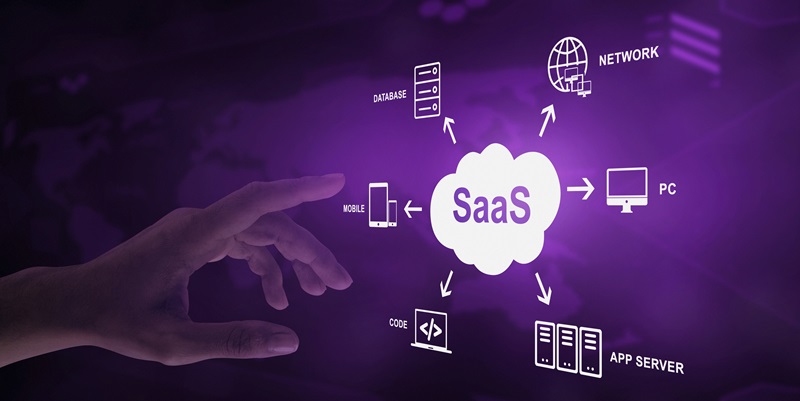In today’s dynamic business landscape, companies increasingly depend on cloud-based solutions to enhance operational efficiency, streamline workflows, and cut costs. However, this growing reliance on Software as a Service (SaaS) owes its success to the seamless accessibility and scalability of cloud services. Yet, it presents a significant set of challenges—primarily, ensuring robust security measures. As businesses embrace SaaS platforms, they often overlook the intricacies involved in managing and securing their SaaS stack, leaving them exposed to various security threats. This is where SaaS Security Posture Management (SSPM) becomes invaluable.
One of the key drivers compelling organizations to adopt SSPM is the enhanced security posture it offers. Traditional security measures, such as Cloud Access Security Brokers (CASB) and manual audits, fall short in effectively identifying and mitigating advanced threats. On the other hand, SSPM provides a comprehensive solution by continuously monitoring SaaS applications, detecting vulnerabilities, and enforcing security policies. This systematic approach significantly reduces the burden on IT teams, enabling them to focus on strategic initiatives rather than operational tasks. Moreover, industry-specific use cases demonstrate how diverse sectors can benefit from implementing SSPM, ensuring customized security measures that meet unique operational requirements.
The importance of SSPM lies not just in the realm of security but also in ensuring compliance with various regulatory frameworks. With increasing regulations around data privacy and protection, organizations must demonstrate due diligence in safeguarding sensitive information. SSPM tools offer detailed audit logs and reporting capabilities that simplify compliance efforts, making it easier for businesses to adhere to regulatory mandates. Compliance, in turn, reinforces trust among stakeholders, enhancing the organization’s reputation and credibility. Furthermore, SSPM encourages collaboration within organizations by fostering a security-first culture, making it a collective responsibility to maintain a secure SaaS environment.
SSPM Justification and Return on Investment
In today’s fast-paced business world, companies lean heavily on cloud-based solutions to boost operational efficiency, streamline workflows, and cut costs. This shift to Software as a Service (SaaS) owes its popularity to the easy accessibility and scalability of cloud services. However, it also brings a set of challenges, primarily in maintaining strong security. As businesses move to SaaS platforms, they often neglect the complexities of managing and securing their SaaS environments, exposing themselves to security risks. That’s where SaaS Security Posture Management (SSPM) comes in.
Organizations are increasingly adopting SSPM for the robust security posture it provides. Traditional methods like Cloud Access Security Brokers (CASB) and manual audits are inadequate for addressing advanced threats. SSPM, by contrast, offers a holistic solution with continuous monitoring, vulnerability detection, and enforcement of security policies. This reduces the workload on IT teams, allowing them to focus on strategic goals. Additionally, SSPM caters to industry-specific needs, offering customized security measures for various sectors.
SSPM is vital not just for security but also for compliance with regulatory frameworks. As data privacy regulations tighten, organizations must prove they are protecting sensitive information. SSPM tools offer detailed audit logs and reporting features that make compliance easier, enhancing stakeholder trust and credibility. Moreover, SSPM promotes a security-first culture within organizations, making everyone aware of their role in maintaining a secure SaaS environment.

